Living in awareness
Now you have some knowledge about mindfulness of breathing meditation, ānāpānasati. You have gained this knowledge through the Buddha’s teachings. When you practice this meditation according to the great teachings, you will be feeling a natural respect coming from your heart for the Buddha. This respect will help you further develop this Dhamma.
Now you will learn another method of meditation. This is called satisampajāñña. It is about living with clear mindfulness and awareness. The Buddha has introduced us to ‘Sampajānakārī hoti.’ What is the advantage of living with clear mindfulness and awareness? One advantage is that when we are conscious of every moment we can prevent unwholesome mental states creeping into our lives and simply let in wholesome mental states. A person who is ready to meditate should already be living a good moral conduct by observing the five precepts. The unwholesome mental states we mean here are the five hindrances or panca nīvarana. Now, we will explore how to recognize them in order to avoid or overcome these hindrances. The hindrances are:
- “Kāmacchanda” that is the mind being attracted to form, sound, smell, taste, and tactile sensations.
- “Vyāpāda” the mind being repelled by and in conflict with such objects.
- “Thīnamiddha” laziness, sleepiness, or being discouraged from meditation.
- “Uddhacca kukkuccha” regret, remorse, and diffusion of the mind.
- “Vicikicchā” lack of confidence in this process.
These hindrances are always with us in our daily lives. The meditator should be fully aware of these in order to avoid being distracted by these hindrances. The Buddha taught that when the meditator goes forth and when he returns, he must always do so with mindfulness avoiding the hindrances. When he looks around himself, he must do so with mindfulness. Taking care not to let hindrances creep into his mind, he must safeguard his mind from being attached to form, sound, smell, taste and tactile sensations. He must safeguard his mind from all conflicts. He must safeguard his mind from laziness and sleepiness. He must safeguard his life from remorse and diffusion of the mind and he must have confidence in this process.
The wise awareness when looking around is called “ālokite vilokite sampajāna kārī hoti.” Even when moving the limbs, the skillful meditator does it with mindfulness. He must know why and when he moves his limbs and do it with awareness. This awareness should run through his daily routines. Let us consider dress for instance. “Saghātipattacīvara dhārane,” when we dress, we have to be aware about the purpose of the dress. The fundamental purposes of the dress are protection of privacy, protection from insects, and protection from extreme environmental conditions. When we dress, we must be conscious of these purposes and dress accordingly and with awareness.
Now, let us consider our intake of nutrition. When eating, the Buddha has taught us a reflection. It is called “paccavekkhanā”. Paccavekkhanā means reflecting something to mind over and over again. Buddha taught Dhamma practitioners shouldn’t be followers of food or servants of food. Dhamma practitioners use food only as a means of sustaining their bodies. Buddha instructs us to reflect on food thus, “This food is eaten not for power, not for strength, not to build up our physical strength, not to beautify this body, but to terminate feelings of hunger in order to meditate without distraction.”
The Buddha further instructs even when using the washroom, we must maintain this awareness. We need to realize that our lives are composed of a series of postures and stances. When we use the washroom we should safeguard our minds from being distracted. The Buddha asked us to maintain our awareness when we are walking, standing, sitting, even when we are awake, and also when we are keeping vigil, which in Pāli is called “jāgarite.” This constant awareness, by not letting the hindrances creep into our minds, will protect us from much harm. The Buddha explained a beautiful story in “Sakunaggī sutta” about awareness. A hawk was flying overhead when it spotted a little brush bird flying in the air below it. The hawk caught the little bird. The little bird screamed out, “Oh this calamity befell me because I tried to fly in an unfamiliar territory. There is a habitat I inherited from my forefathers. If I had only remained there this hawk would never have caught me”. This awakened the hawk’s interests and hawk asked the little bird “what is the habitat you inherited from your forefathers”. The little bird said, “When this field is ploughed and the earth is turned, under a sod there is a little cave like place. That is the habitat I inherited from my forefathers”. The hawk found this quite amusing. He said to the little bird, “I will let you go now; you can go and hide in the little habitat you inherited that you are so proud of. I will still catch you”. The little bird flew directly down to stand on a turned sod of earth and shouted to the hawk “come and catch me now”. The hawk drove directly down to the sod of earth but the little bird crept into the little cave like space under the sod; and the hawk hit his chest hard on the sod of earth. In this story, the Buddha shows us that awareness is the habitat we inherit from our forefathers. The Buddha said, “Monks, the Tathāgata is your father. Your inheritance from the Tathāgata is based in your awareness on the four establishments of mindfulness.”
This Dhamma we have received is complete and fertile. This means it gets results. If anyone says they do not get the results from following this Dhamma that means that they are not following the profound way. This Dhamma when followed truly thus yields results.
To recap, in satisampajañña, the meditator sustains mindfulness when looking around, when moving his limbs, when coming and going, when dressing, when eating, and when going to the toilet. He practices this constantly in order to stay vigilant, so the hindrances do not overcome him. When he is mindful, he needs an object to focus his mind on. That object of mindfulness should be impermanence and this gives him a good opportunity to reflect on impermanence.
Now, this may be interpreted like this or misinterpreted like this. When we are doing some tasks, we could be wholly aware of what we are doing and expect the same benefits. For example, while cutting vegetables one could think, I am cutting, cutting, cutting…and expect their wisdom to grow. The awareness while carrying out mundane chores is like this would help us complete the chores with care but would not necessarily lead us to the cultivation of wisdom. The way to cultivate wisdom is through mindfully contemplating the impermanence of things and through profound vigilance, which prevent the hindrances taking control of our minds. Through this, the meditator can improve his wisdom, his awareness, skill, and effort.

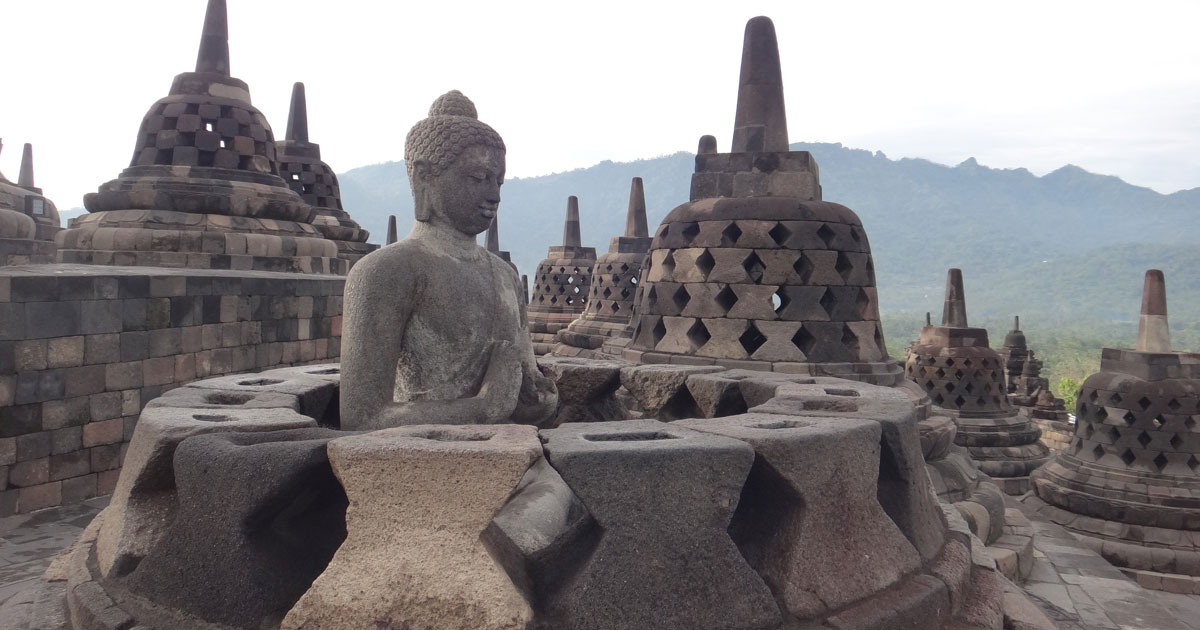
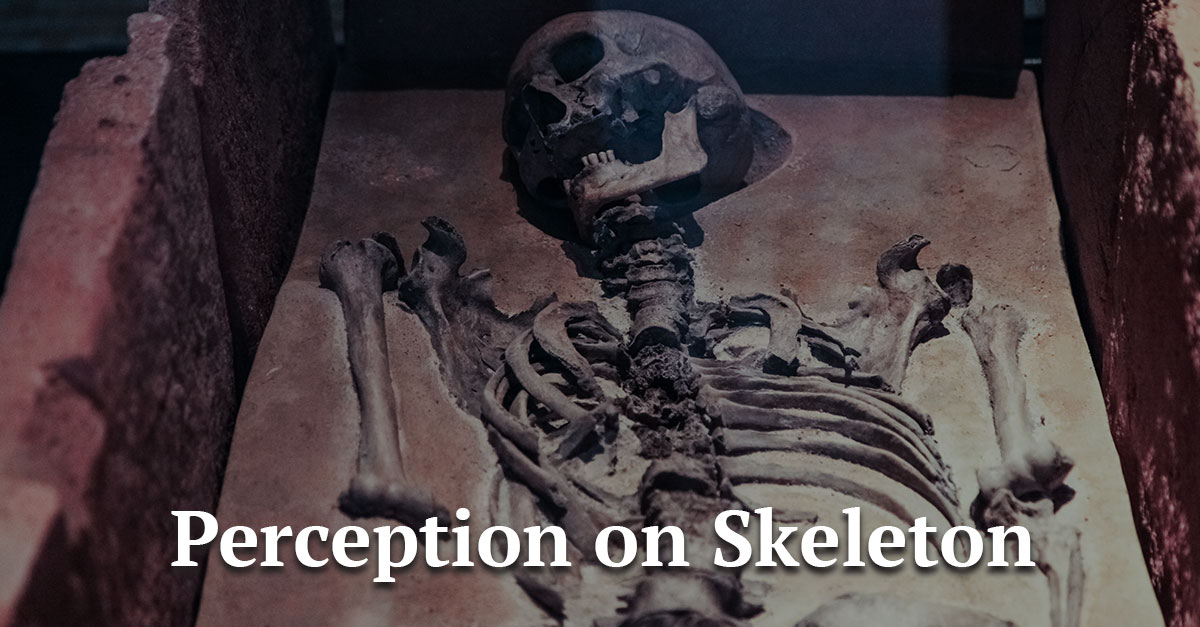
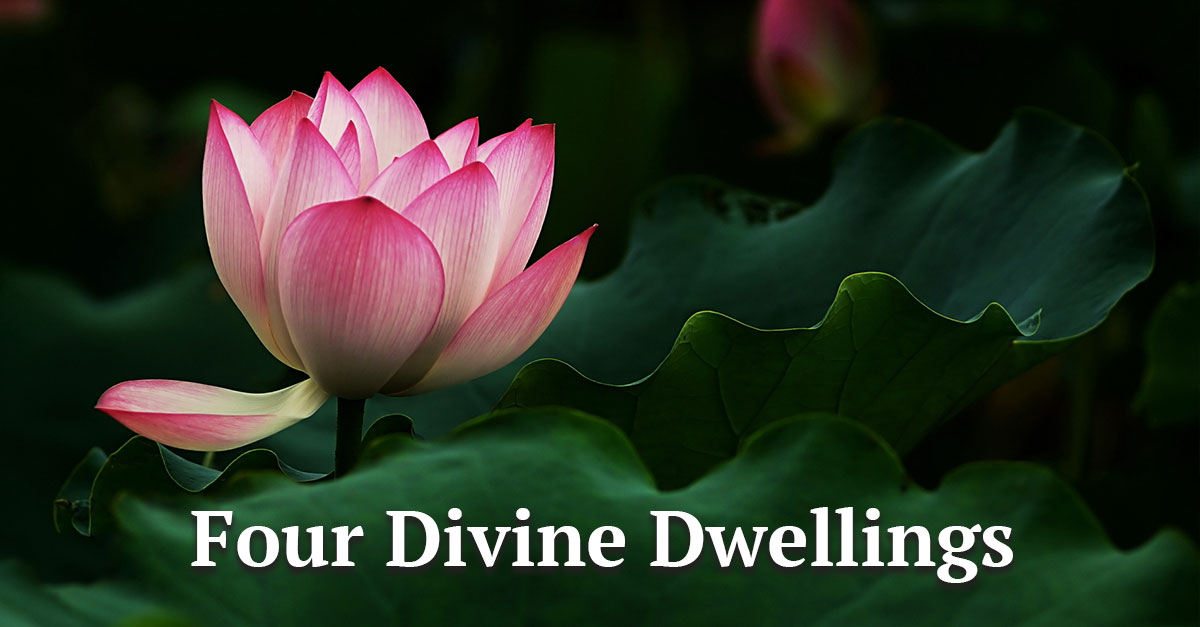
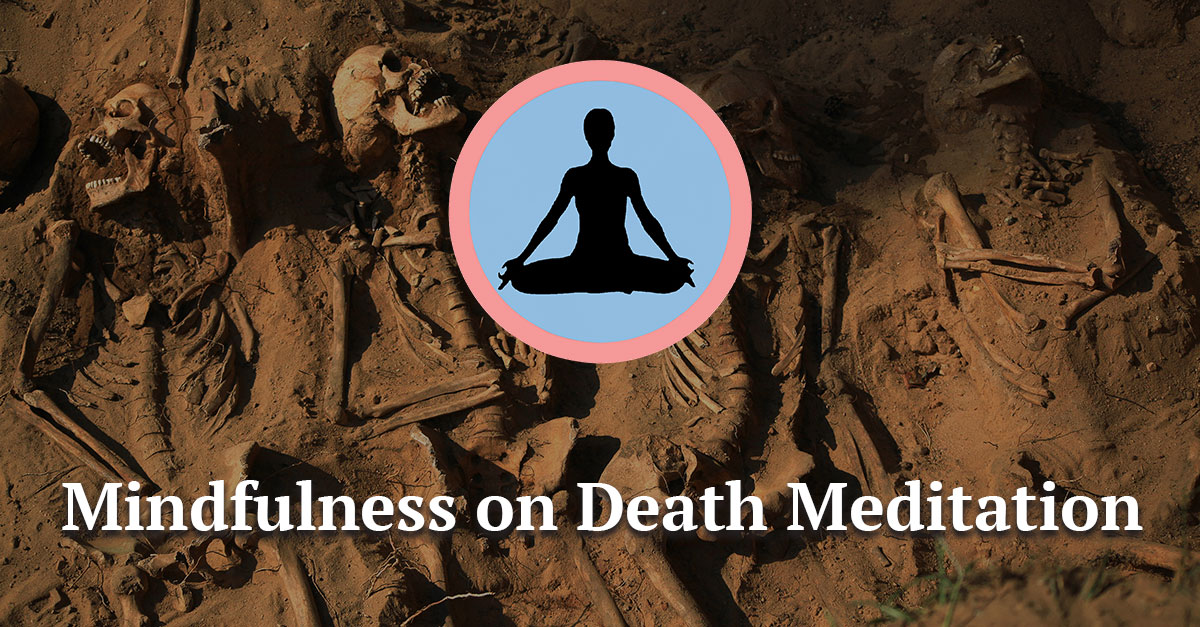
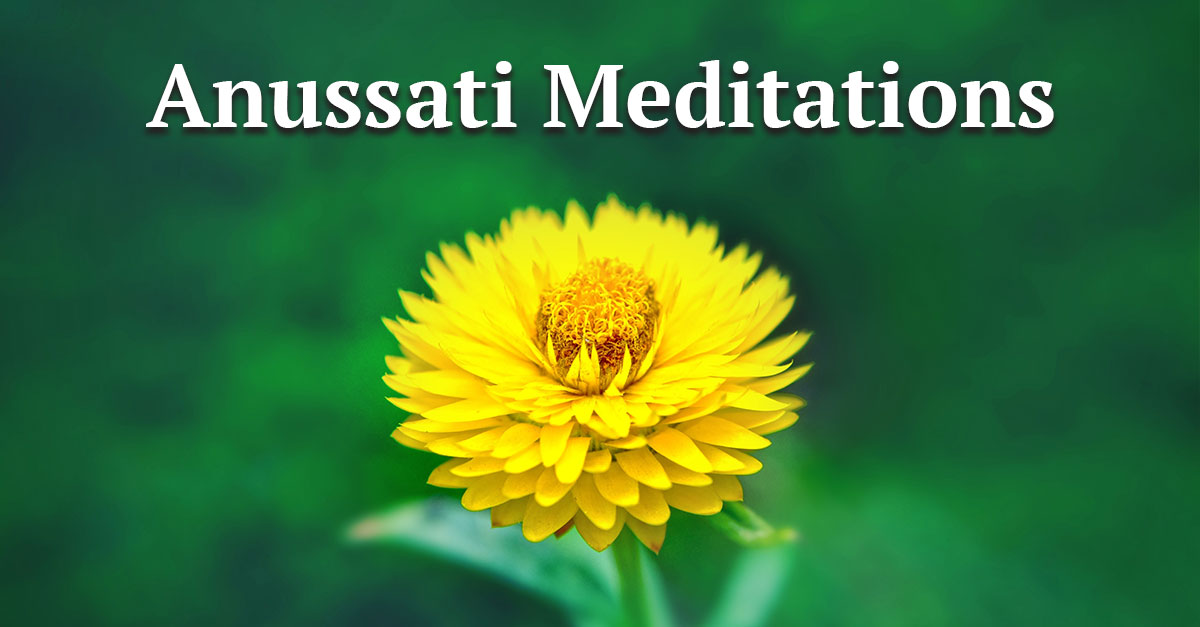
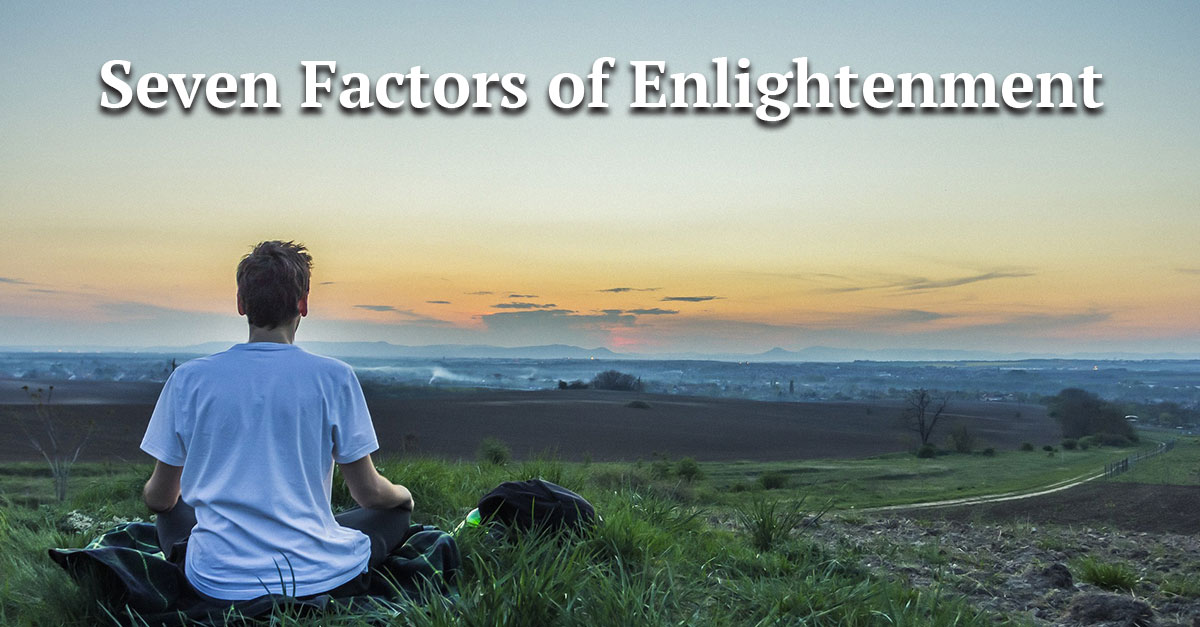





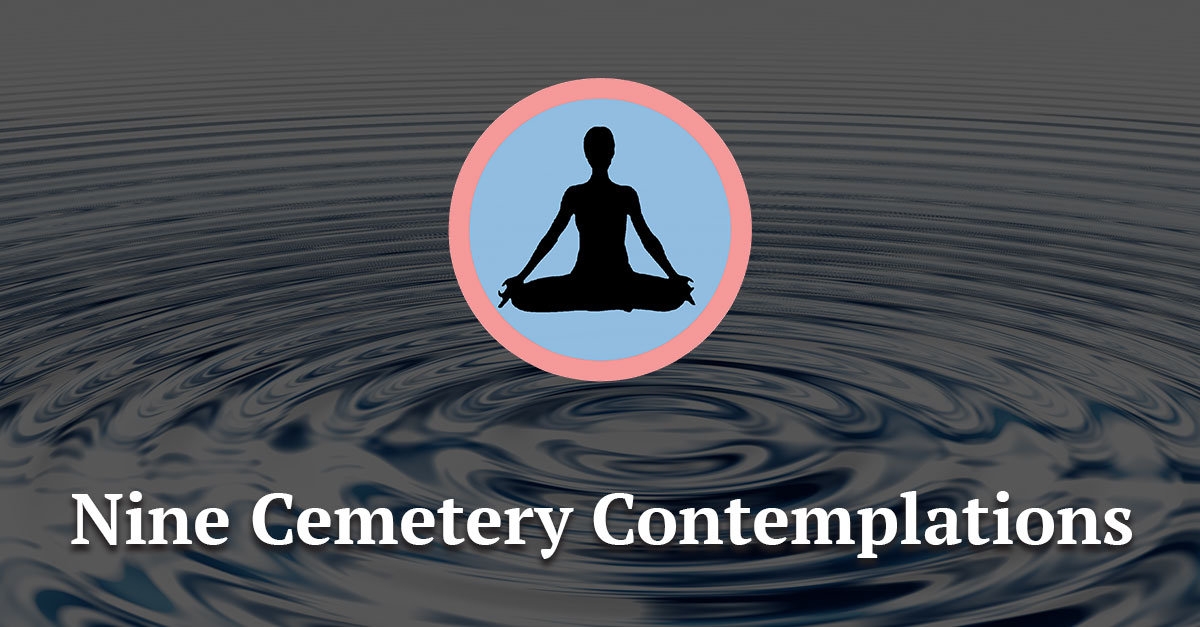
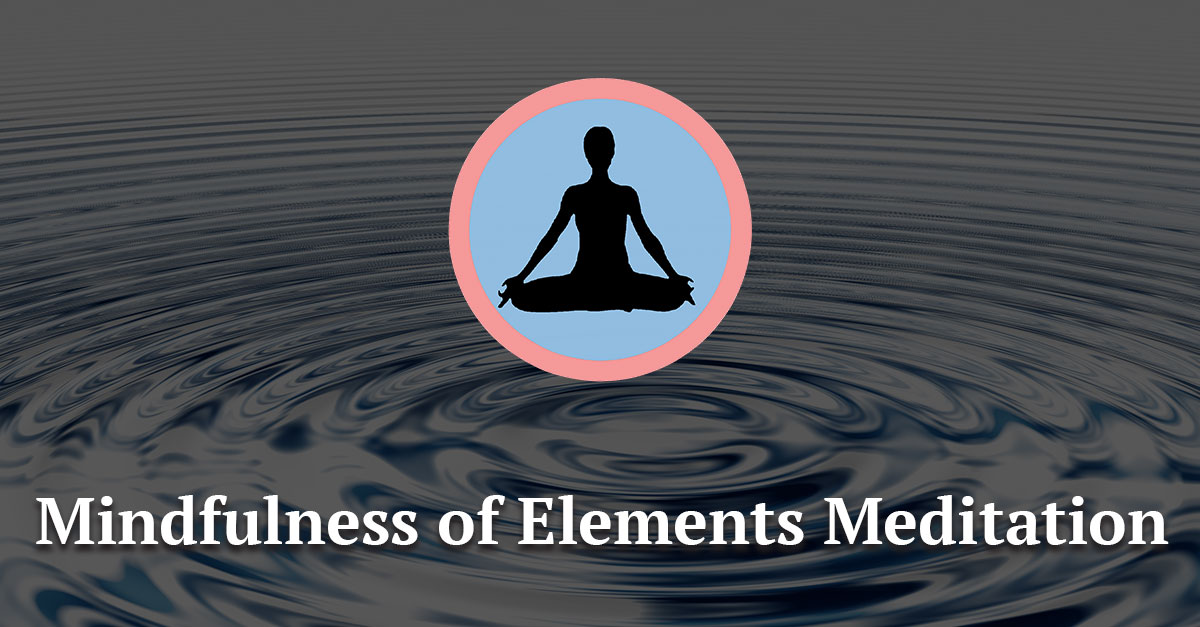
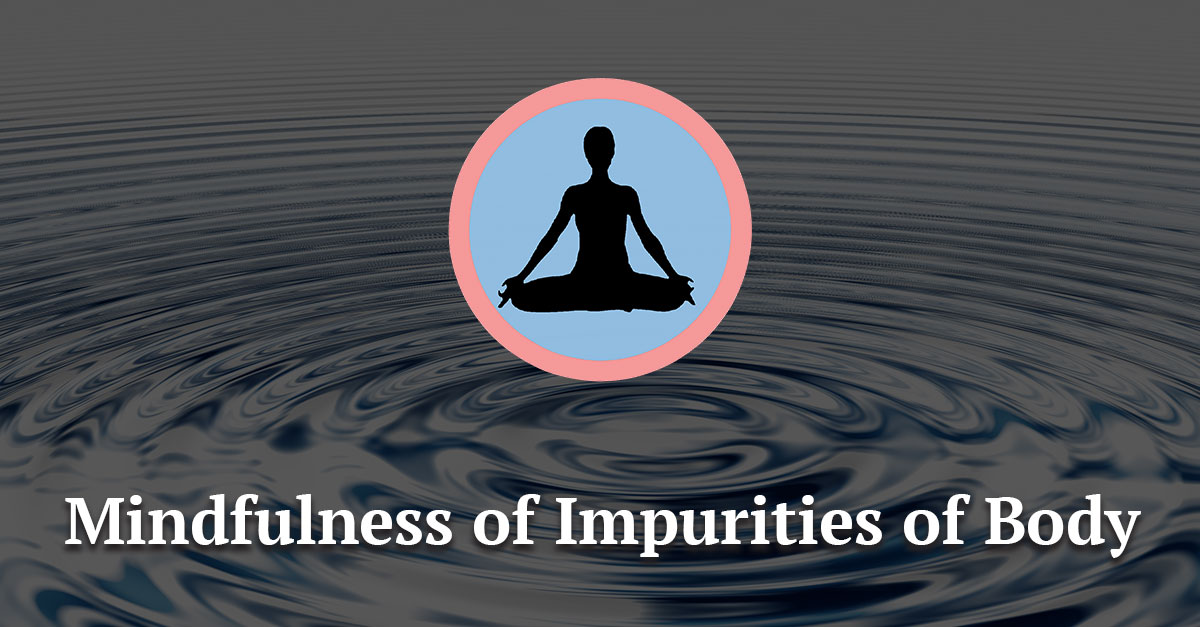
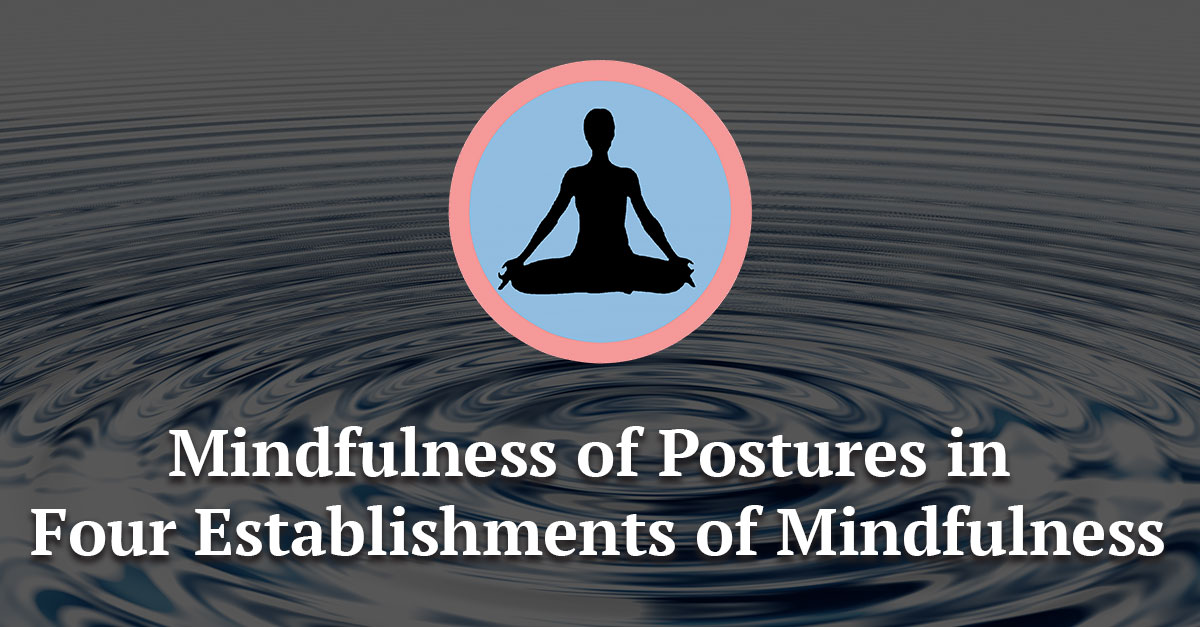
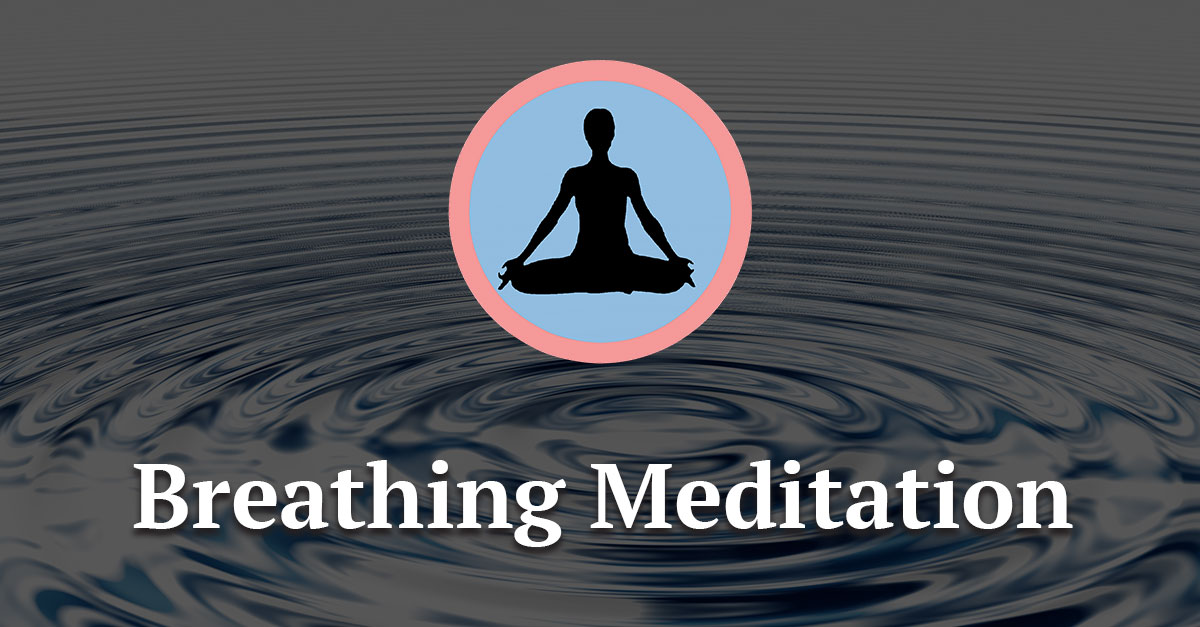
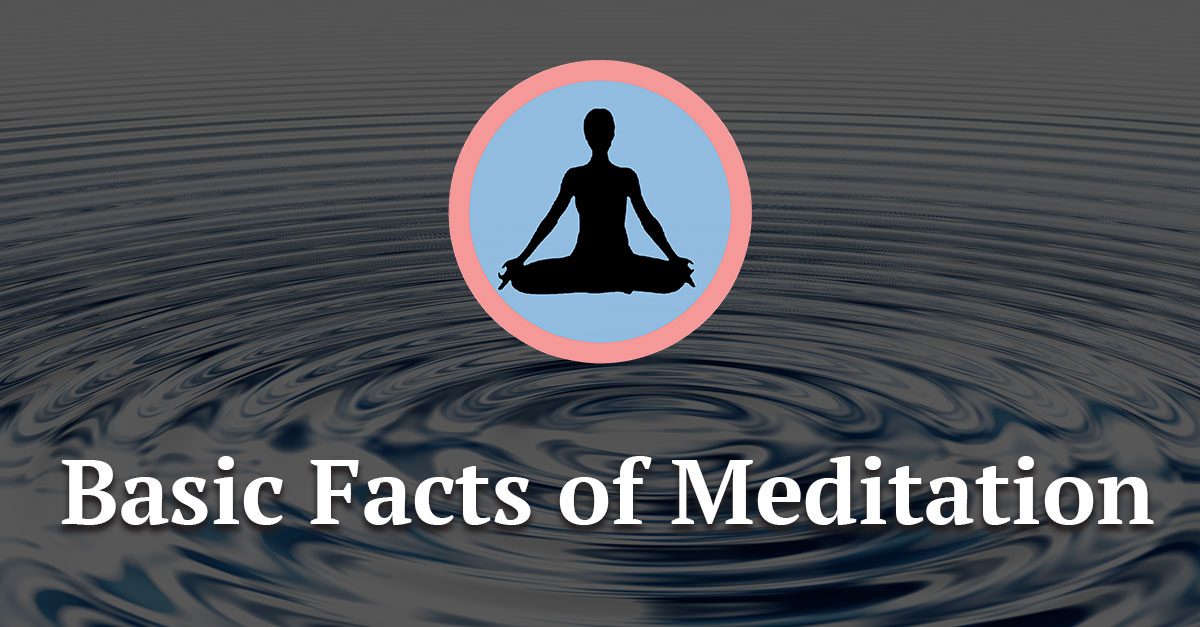
Leave A Comment